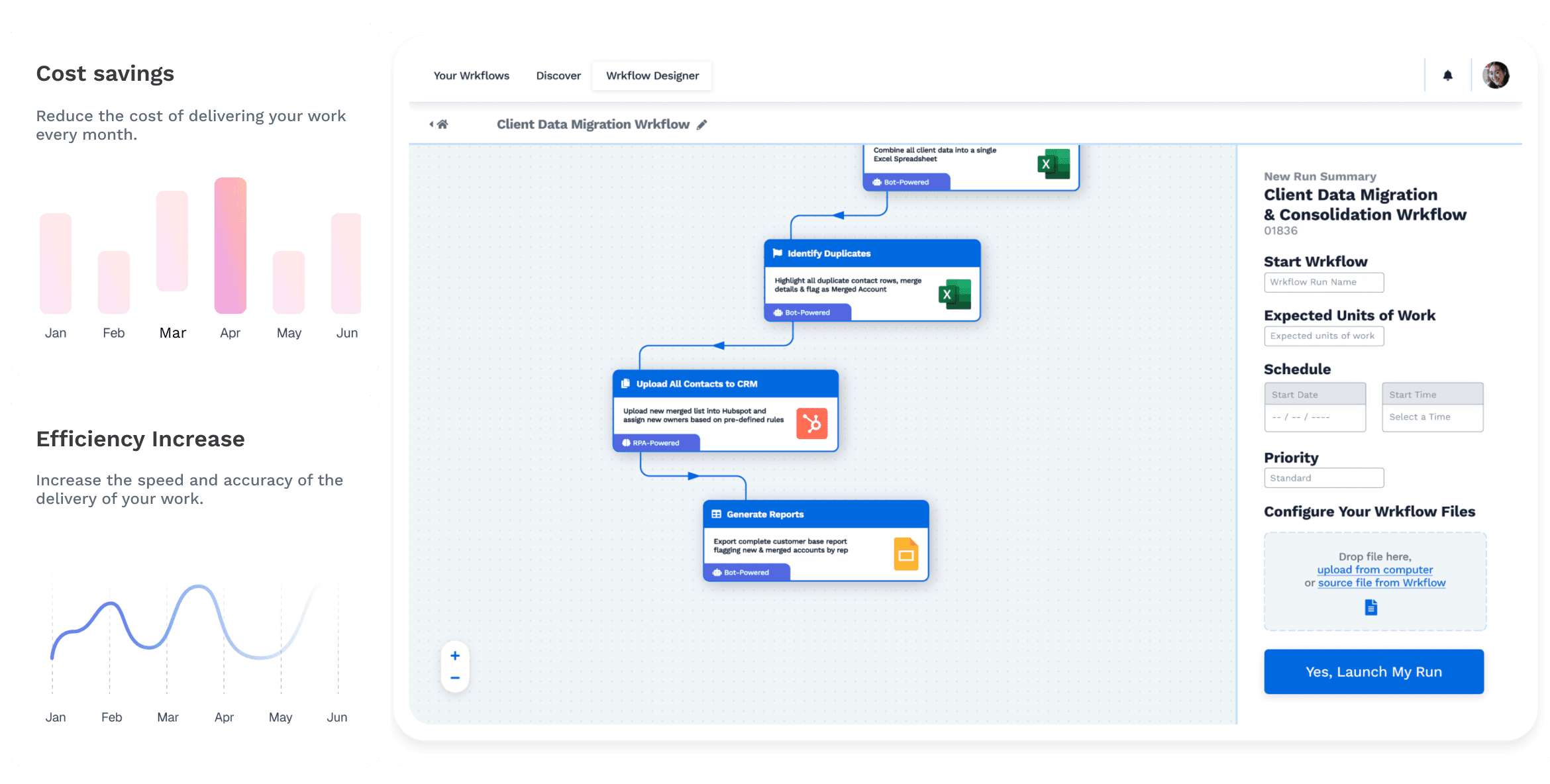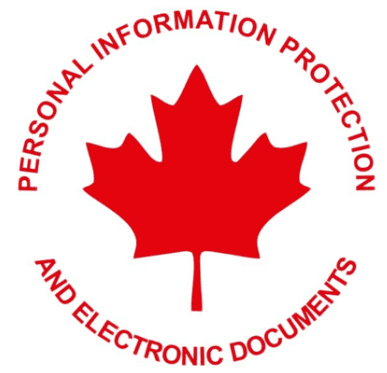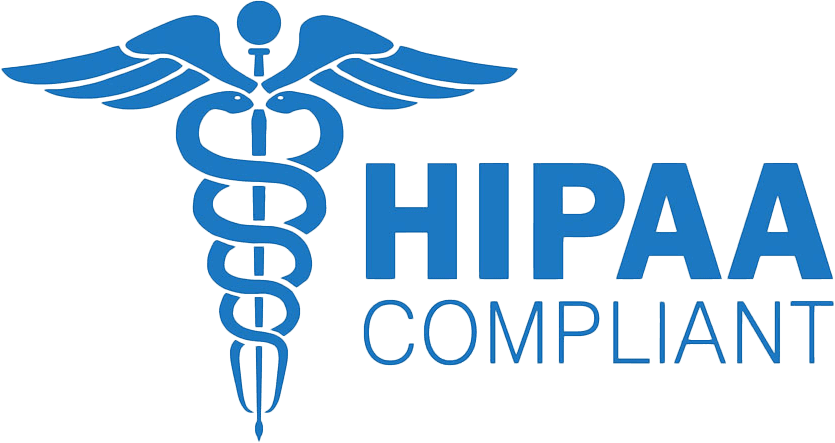Date de publication
2023-05-13
Invoice Automation and AI in Business Operations
Automated Invoicing and AI have come to the forefront of business operations as companies continuously strive to optimize processes, reduce costs, and maximize profitability. Combining Artificial Intelligence (AI) and automated invoicing has become a powerful force, driving outstanding efficiency, accuracy, and cost-effectiveness—and if you're an ops executive, this should be music to your ears. This blog post delves into the transformative influence of integrating invoice automation and AI, setting the stage for a future where these technologies become the norm rather than the exception.
What is Invoice Automation?
Invoice automation uses digital systems to streamline and automate the invoicing process. It encompasses creating and sending invoices, tracking payments, managing accounts receivable, and reconciling invoices. Invoice automation aims to reduce the time and effort spent on manual processes, decrease errors, and improve efficiency and accuracy in the invoicing process.
Invoice automation can include several features, such as:
Automated Invoice Creation: The system automatically generates invoices based on predefined criteria and schedules.
Automated Dispatch: Invoices are automatically sent to customers via email or other digital methods, eliminating the need for physical mailing.
Payment Tracking: The system tracks the status of each invoice, marking when payments are received or overdue.
Reminders and Notifications: The system can send automated reminders to customers about upcoming or overdue payments.
Reconciliation: Automated reconciliation helps match payments received with their corresponding invoices, making it easier to keep track of accounts receivable.
Automated invoicing, at its core, leverages specific software tools to generate and dispatch invoices, monitor payments, and manage accounts receivable efficiently. For example, software like QuickBooks automates the creation of invoices, tracks their status, and sends reminders, significantly reducing manual steps and errors.
The Intersection of AI and Automated Invoicing
Combining AI's analytical capabilities with invoice automation creates a system that learns from historical invoice data, predicts future trends, and detects anomalies, such as fraudulent activity. AI-powered automated invoicing enhances accuracy by mitigating human errors in invoice creation and payment tracking. For instance, AI can identify patterns in invoice data to spot discrepancies, ensuring the accuracy of billing and payments.
The fusion also increases efficiency by automating repetitive tasks, liberating human resources for more strategic roles. Moreover, it fosters cost-effectiveness by reducing the time and resources spent on manual invoicing, consequently improving the bottom line. Companies like IBM and Microsoft have harnessed the power of AI and automated invoicing, reaping tangible benefits like reduced invoice processing time and improved cash flow management.
Challenges in Implementing AI and Automated Invoicing
Implementing AI and automated invoicing can significantly improve a business's efficiency, accuracy, and scalability. However, this transition is often associated with several challenges, ranging from technical issues to staff resistance. Here are some strategies to help your business overcome these hurdles:
Ensuring Data Quality and Consistency
Integrating with Existing Systems
Addressing Security and Compliance Concerns
Overcoming Staff Resistance
Managing the Change Process
Ensuring Vendor Support
By addressing these challenges proactively, businesses can successfully implement AI and automated invoicing, reaping the benefits of increased efficiency, accuracy, and scalability.
The Future of AI and Automated Invoicing
The future of AI and invoice automation holds promising potential, with emerging trends including advanced data analytics, predictive invoicing, and seamless integration with other business systems. For example, AI could predict future invoicing patterns based on historical data, aiding in more accurate financial forecasting. These developments can refine business operations further, drive down costs, and empower data-driven decision-making. As AI and automated invoicing continue to advance, they promise to enhance and revolutionize business operations.
Bottom line:
In conclusion, integrating AI and automated invoicing is more than a mere technological upgrade—it's a paradigm shift in how businesses operate. While it presents specific challenges, its efficiency, accuracy, and cost-effectiveness benefits make a compelling case for its adoption. As we venture further into the digital age, businesses that embrace AI and invoice automation will be better equipped to navigate the complexities of the ever-evolving economic landscape, streamline operations, and spur growth.
More importantly, these technologies allow businesses to rethink and redesign their traditional processes and strategies. Embracing AI and automated invoicing enhances existing operations and unlocks new possibilities for innovation and strategic advantage.
Therefore, it becomes imperative for businesses to acknowledge the transformative potential of AI and automated invoicing and take proactive steps toward their integration into their operational fabric. The future belongs to those willing to disrupt, innovate and embrace change - the integration of AI and automated invoicing is one such change that carries the promise of a more efficient, accurate, and profitable business landscape. As the business world evolves, these technologies will be critical drivers of success, offering a competitive edge to those willing to seize the opportunity.
Start Automating with Wrk
Kickstart your automation journey with the Wrk all-in-one automation platform









